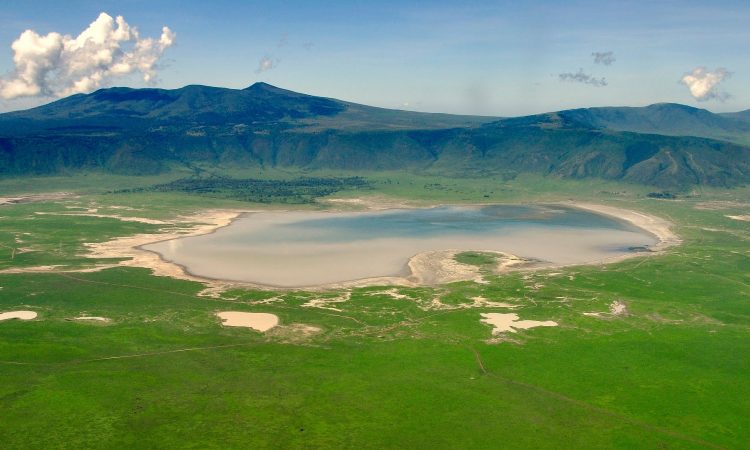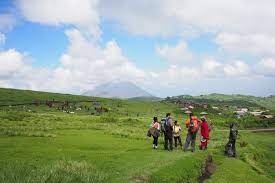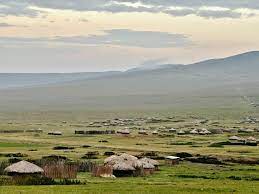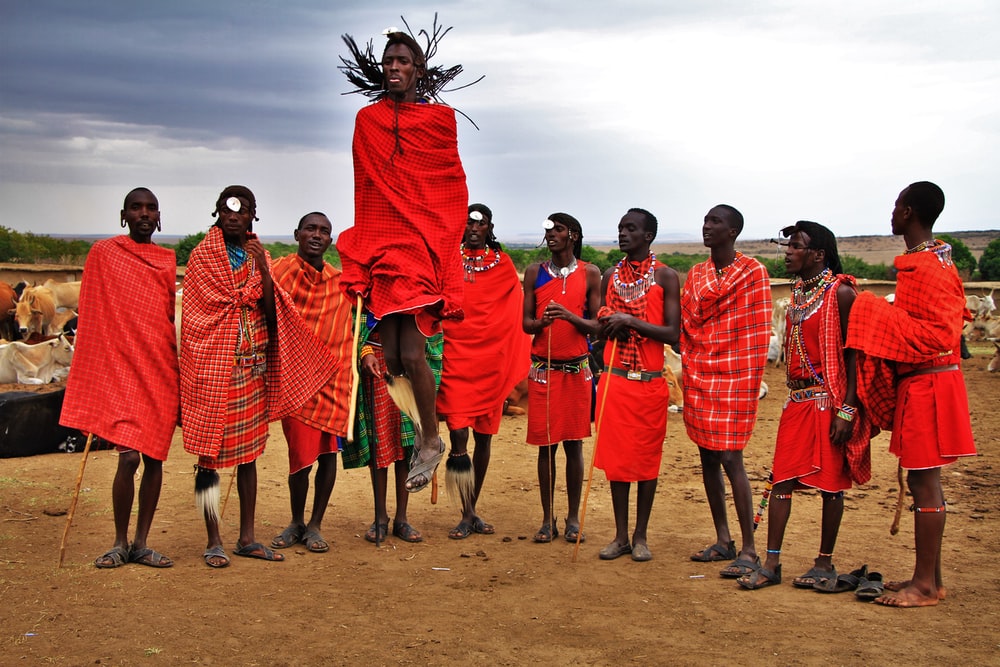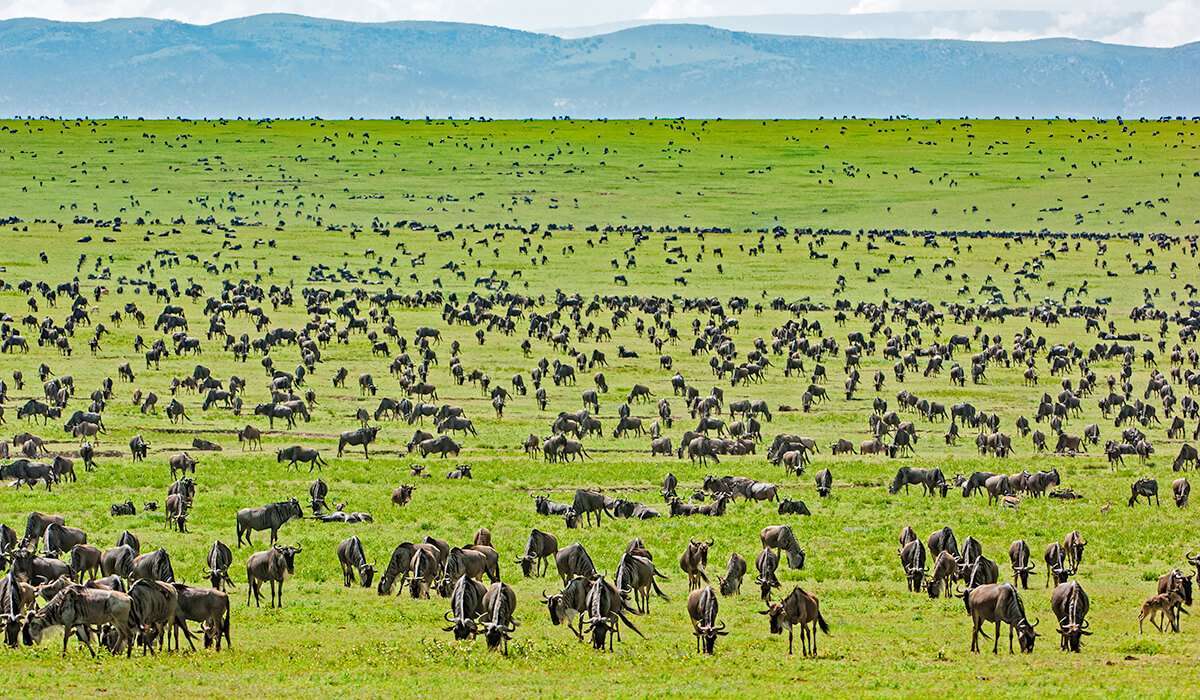NGORONGORO CONSERVATION AREA
The Ngorongoro Crater was formed when a massive volcano erupted and collapsed on itself around two to three million years ago. It created a natural enclosure that is 600 meters deep and covers an area of 260 square kilometres. This stunning ecosystem within the crater includes ravine forests, open plains, and freshwater and alkaline lakes, attracting a diverse array of wildlife, including Africa's Big Five, which can be observed on safari.
In addition to the crater, the Ngorongoro area is surrounded by highlands that offer other beautiful landscapes. Inside the Conservation Area lies the Olduvai Gorge, where the remains of the first human skull were discovered. Also known as the Oldupai Gorge, this site is renowned for its well-preserved fossils and significant archaeological findings.
The Ngorongoro Conservation Area is home to various highlands and other craters, offering visitors a rich and diverse landscape to explore
 PAY NOW
PAY NOW